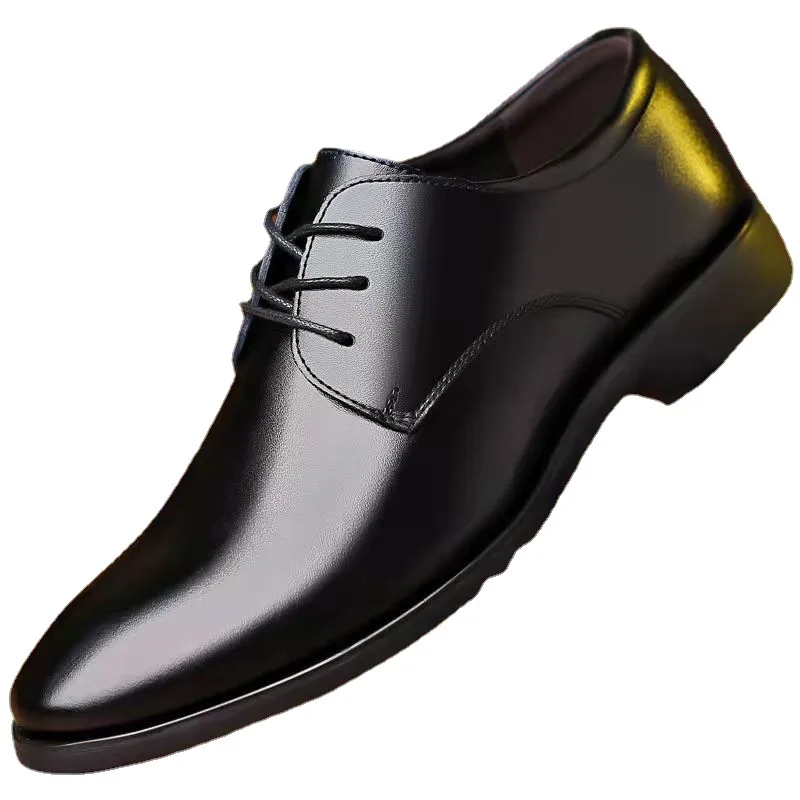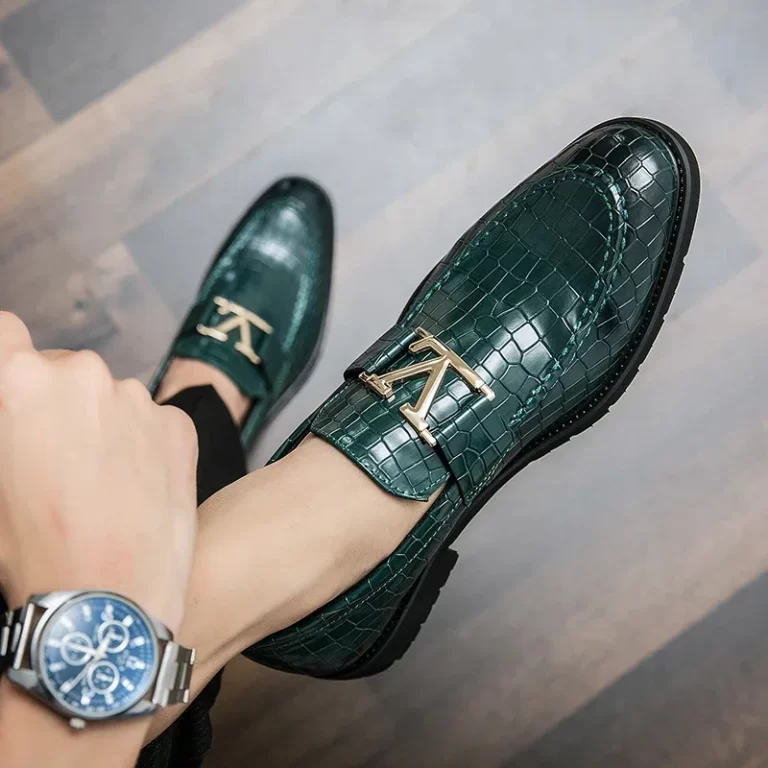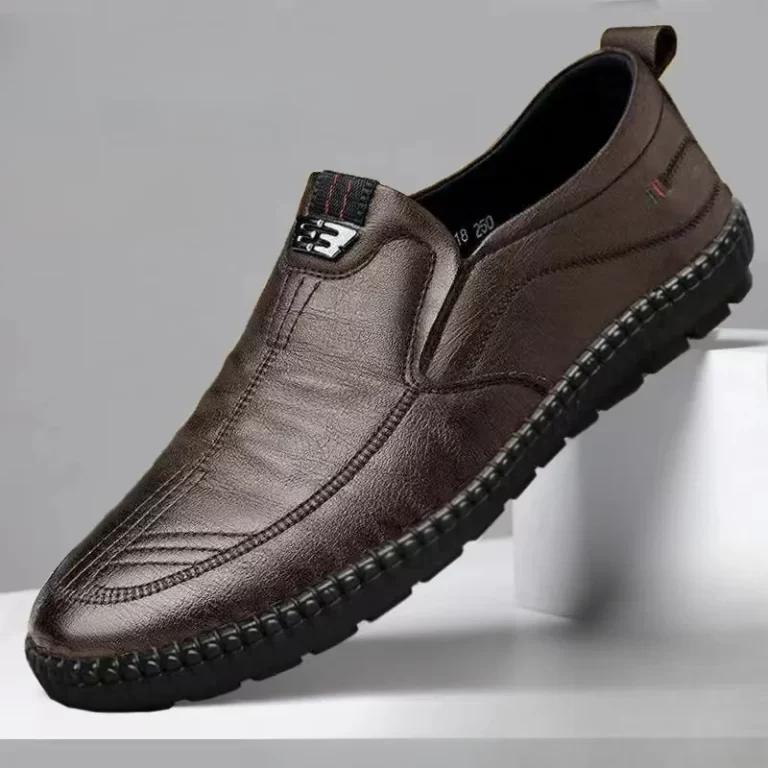Introduction: Understanding Leather Peeling
Leather shoes are a classic choice for style and durability. How to fix peeling leather shoes? However, even high-quality leather can suffer from peeling over time. This can happen due to various reasons such as improper care, excessive moisture, or natural wear and tear. Peeling occurs when the outer layer of leather begins to separate from the underlying material, leaving your shoes looking worn out and damaged. Fixing peeling leather shoes requires a methodical approach to restore their appearance and functionality. In this guide, we’ll delve into how to fix peeling leather shoes effectively.
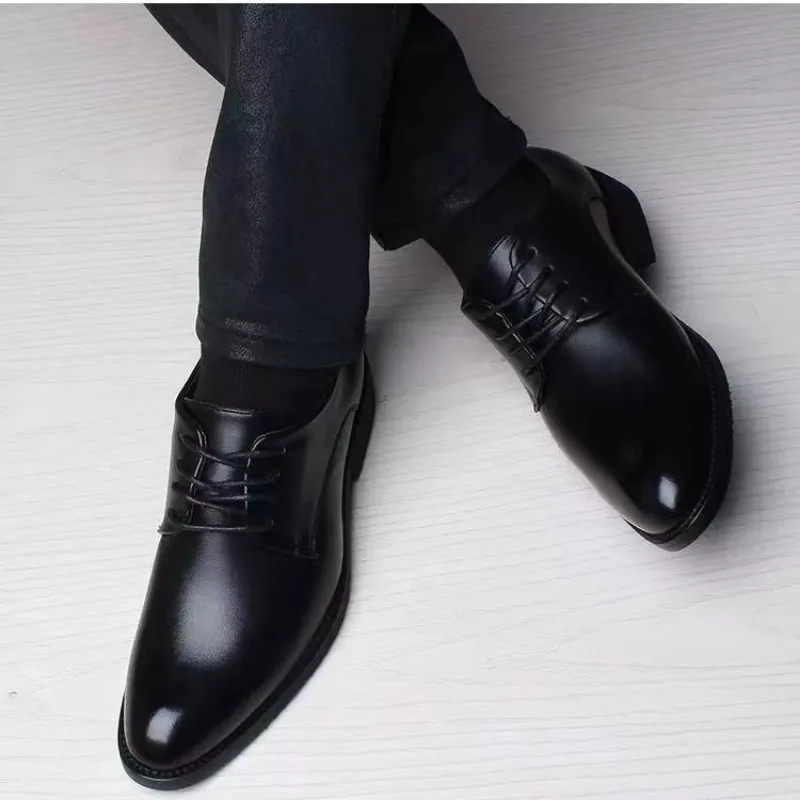
Causes of Leather Peeling
Natural Wear and Tear
Leather is a natural material that ages over time. The top layer of leather can peel away due to daily use. Constant friction from walking and exposure to environmental factors gradually deteriorates the leather. As the leather wears down, it loses its protective coating, leading to peeling. Regular maintenance can slow this process, but even with the best care, leather eventually succumbs to wear and tear.
Moisture Damage
Excessive moisture is a common culprit behind peeling leather. Leather is porous and absorbs water, which can weaken its structure. If leather shoes are not dried properly after getting wet, the leather can lose its flexibility and start peeling. This issue is particularly prevalent in regions with high humidity or during rainy seasons. Proper drying and conditioning are crucial to preventing moisture-related damage.
Improper Cleaning
Cleaning leather shoes with harsh chemicals or using excessive water can damage the leather’s surface. Leather requires gentle cleaning solutions and methods. Using the wrong products can strip away the protective layers, leading to peeling. Always use cleaning agents specifically designed for leather to maintain its integrity.
Poor Quality Leather
Not all leather is created equal. Lower-quality leather is more prone to peeling because it may lack the durability and protective finishes found in higher-quality leather. Investing in better quality leather shoes can reduce the likelihood of peeling, but even the best leather can peel if not properly cared for.
Steps to Repair Peeling Leather Shoes
Preparing for Repair
Clean the Shoes Thoroughly
Before you start repairing peeling leather shoes, it is essential to clean them properly. Remove any dirt or grime from the surface using a soft brush or a damp cloth. Use a leather cleaner to ensure that the surface is free from oils, dirt, and other residues. Cleaning prepares the leather for repair products and ensures better adhesion.
Assess the Damage
Examine the extent of the peeling on your shoes. Is it localized to small areas, or is it widespread? Understanding the severity of the damage helps in choosing the right repair approach. Small, localized peeling can often be fixed with a leather repair kit, while more extensive damage may require professional intervention.
Applying Leather Repair Products
Leather Repair Kit
For minor peeling, a leather repair kit can be very effective. These kits typically include a leather adhesive or filler, a colorant, and a finishing product. Start by applying the adhesive or filler to the peeling areas. Smooth it out with a spatula or your finger, blending it with the surrounding leather. Allow the filler to dry according to the manufacturer’s instructions.
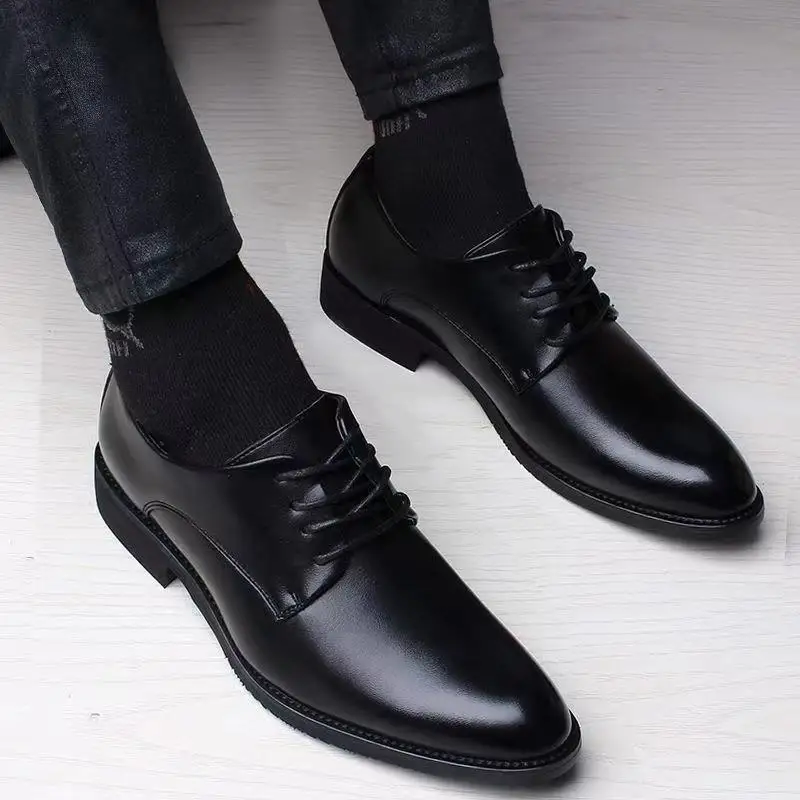
Color Matching
Once the filler is dry, you may need to apply a colorant to match the original leather color. Leather colorants are available in various shades and can be mixed to achieve a close match. Apply the colorant with a sponge or brush, blending it carefully with the surrounding area to ensure an even appearance.
Finishing Touches
After the colorant has dried, apply a leather conditioner or finish to protect the repaired area. This helps to restore the leather’s sheen and provides additional protection against future damage. Use a soft cloth to apply the conditioner in a circular motion, ensuring it absorbs evenly.
Professional Repair Services
When to Seek Help
If the peeling is extensive or if you are not confident in performing the repair yourself, consider seeking professional help. Professional cobblers or leather repair specialists have the expertise and tools to handle severe damage. They can also offer additional services such as re-dyeing and refinishing, which can significantly improve the appearance of your shoes.
Finding a Professional
Look for a reputable cobbler or leather repair shop in your area. Read reviews and ask for recommendations to ensure that you choose a skilled professional. Provide them with detailed information about the damage and any specific concerns you may have. A professional repair can be more expensive, but it often results in a better and longer-lasting repair.
Preventing Future Peeling
Regular Maintenance
To prevent peeling in the future, establish a regular maintenance routine for your leather shoes. Clean them regularly to remove dirt and oils that can degrade the leather. Use appropriate leather care products such as conditioners and waterproofing sprays to protect the leather from moisture and wear.
Proper Storage
Store your leather shoes in a cool, dry place away from direct sunlight. Avoid keeping them in damp or humid environments, which can contribute to peeling and other damage. Use shoe trees to maintain the shape of your shoes and prevent creasing.
Avoiding Excessive Moisture
Protect your leather shoes from excessive moisture. If they get wet, dry them thoroughly using a dry cloth and let them air dry at room temperature. Avoid using direct heat sources like hairdryers or radiators, as these can further damage the leather.
Using Leather Protection Products
Invest in leather protection products to create an additional barrier against moisture and stains. Leather protectors and waterproofing sprays can help to shield your shoes from potential damage, extending their lifespan.
Tips for Leather Shoe Care
Using Leather Conditioner Regularly
To maintain the suppleness and durability of leather, apply a high-quality leather conditioner every few months. Conditioning replenishes the oils lost through wear and prevents the leather from drying out and becoming brittle, which can lead to peeling.
Avoiding Direct Heat and Sunlight
Exposure to direct heat and sunlight can cause leather to dry out and become damaged. When not in use, store your leather shoes in a cool, shaded area. This practice helps maintain the leather’s natural flexibility and prevents cracking and peeling.
Rotating Your Shoes
To minimize wear and tear on any single pair of shoes, rotate between different pairs. This reduces the frequency with which each pair is used, allowing the leather to rest and recover from daily stress, thus prolonging its lifespan.
Handling Stains Promptly
Address stains as soon as they occur to prevent them from setting into the leather. Use a leather cleaner suitable for the type of stain, and avoid using excessive water. Gently blot the stain with a clean cloth and treat it according to the cleaner’s instructions.
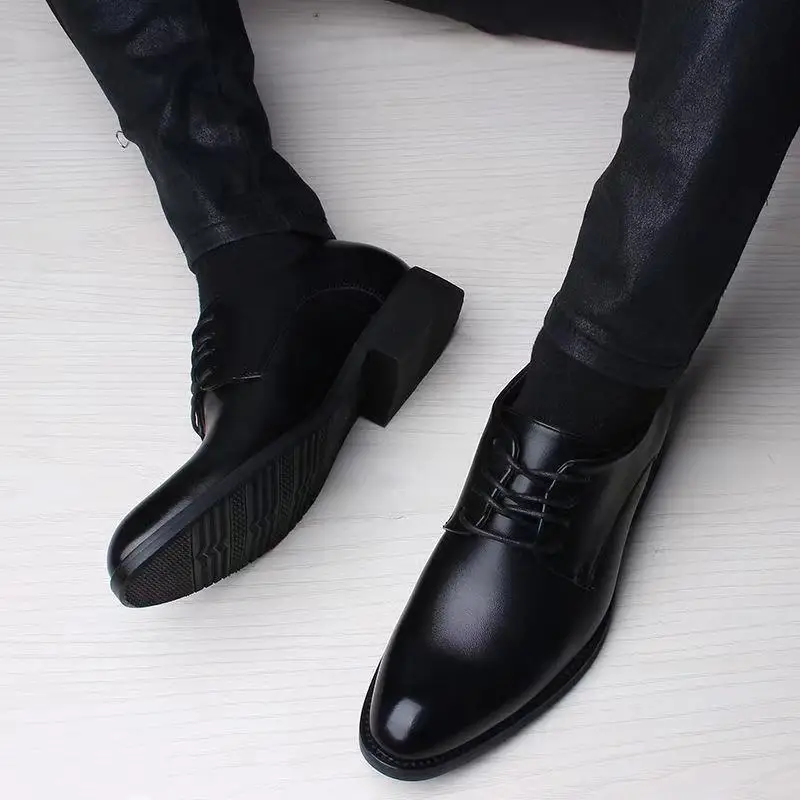
Conclusion: Restoring and Preserving Your Leather Shoes
Peeling leather shoes can be a frustrating issue, but with the right approach, it is possible to restore them to their former glory. By understanding the causes of peeling, following the repair steps carefully, and implementing preventative measures, you can keep your leather shoes looking good and performing well. Whether you choose to handle the repair yourself or seek professional assistance, addressing the peeling promptly will ensure that your shoes remain a stylish and functional part of your wardrobe.
